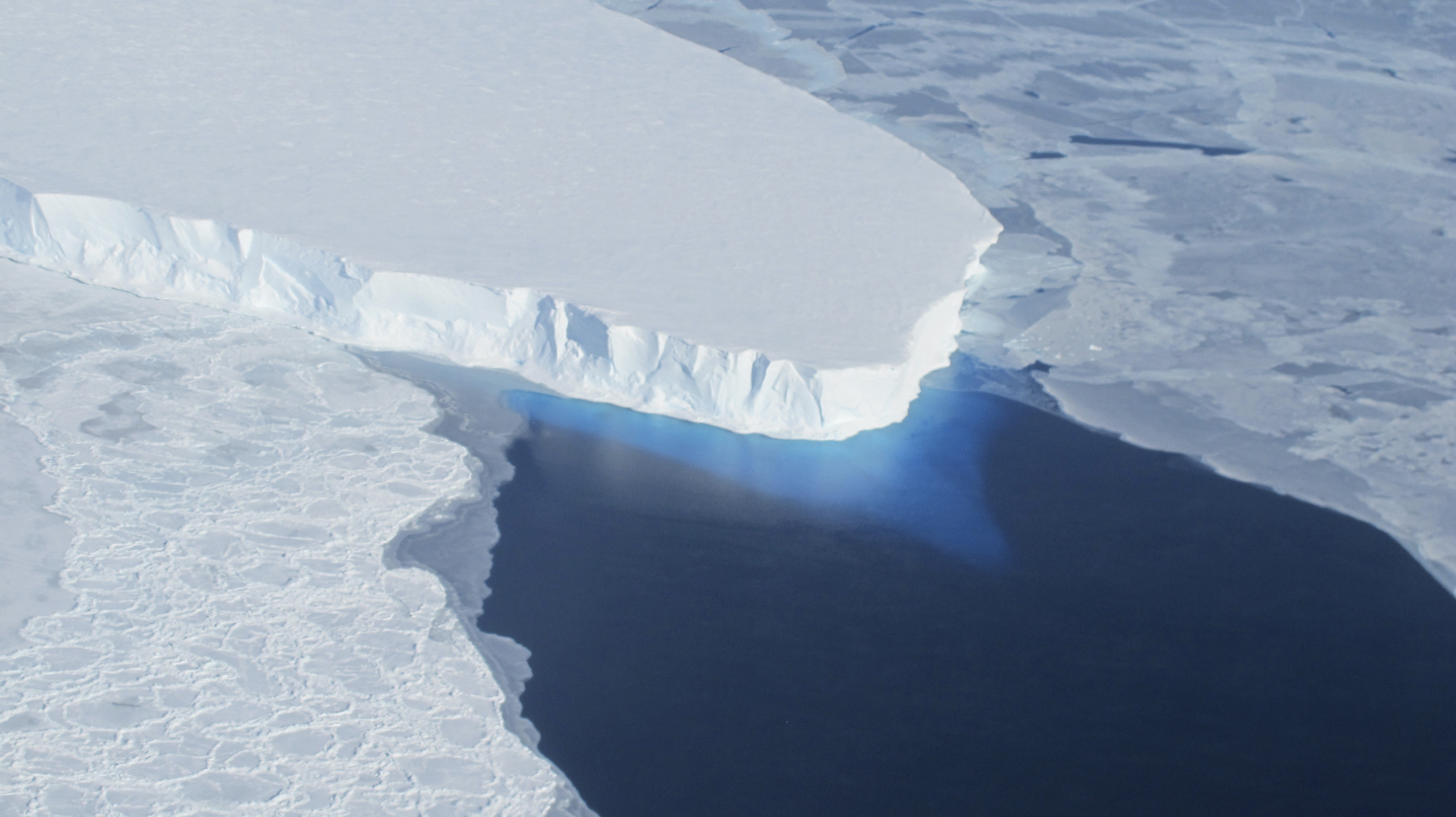Thwaites Glacier, often referred to as the “doomsday glacier”, is on the verge of collapse, according to new assessments. The collapse of the glacier, which is roughly the size of Gujarat, could result in a catastrophic rise in world sea level. Reportedly, no help came from Greenland or the Himalayas.
According to researchers from the British Antarctic Survey, who published their findings in the journal Nature, warm water is seeping into glacier cracks and crevices more than half a kilometer below the surface, forming new valleys at a rate of 43 meters per year. Are. Mint,
(It’s called a doomsday glacier because it’s 120 km wide at its widest point, moving fast, and reportedly melting rapidly over time. It also has the potential to raise global sea level by more than half a meter.) There is enough water to increase the size (1.9 lakh sq km).
The glacier is changing rapidly due to increasing climate change.
Every year, it releases billions of tons of ice into the ocean, which accounts for about 4% of the annual rise in sea level. The glacier where the seafloor meets has retreated about nine miles (14 kilometers) since the late 1990s, according to a report exposing a wider piece of ice to comparatively warmer ocean waters. CNN,
What could Thwaites’ complete collapse do?
A total collapse of the Thwaites could result in a sea level rise of more than two feet (70 cm), devastating coastal cities around the world, explains CNN Report. Thwaites is also acting as a natural dam for the surrounding ice in West Antarctica, and Experts estimate that if the Thwaites collapsed, global sea levels would rise by about 10 feet,
While this may take hundreds or thousands of years, the ice shelf may melt much earlier, causing the glacier to retreat in an unstable and potentially irreversible manner.
How can this affect you?
according to a reports In forbes indiaMelting and rising sea levels due to global warming are expected to have dire consequences by 2030. NASA has direly warned that by the mid-2030s, all coastal communities in the United States will see high tide flooding.
An example of a more immediate side effect of accelerated melting of ice caps/glaciers/ice sheets is the series of three major earthquakes and aftershocks that have ravaged Turkey and Syria, killing thousands and injuring many more, according to the report. As they can be associated with the melting of glaciers on Mount Agri (Ararat).
The phenomenon is not fully understood, the report says, but the possibility is clear that when glaciers melt, their load on tectonic plates is reduced, causing them to slide against each other with enough friction to cause earthquakes. allowed to go against.
The India News
The average reader in India may see another dangerous polar news story and think it doesn’t bother them, about 11,835 km away (according to Google).
But this news will affect us too, just as the whole world cannot escape from what global warming is bringing with it.
According to the World Meteorological Organisation’s ‘State of the Global Climate in 2021’ study, the sea level off the Indian coast is rising at a much faster rate than the global average.
The rate of increase in the Indian Ocean region is similarly uneven, with the southwestern part being above the global average of 2.5 mm/yr. The report states that in some areas, especially along the coasts, the rate of rise is 0 to 2.5 mm/year faster than the global average.
The Intergovernmental Panel on Climate Change (IPCC) has shared some alarming predictions in its ‘Climate Change 2021: The Physical Science Basis’ report, which shows that “by 2040, Mumbai’s sea level rise will be 0.12m as compared to 0.4m in 2020″. m” and “Chennai will see a rise of 0.10m in 2020 as compared to 0.3m”, the report said.
Several coastal cities including Mumbai, Chennai, Cochin and Visakhapatnam are expected to be under about three feet of water by the end of the century., Another troubling effect of sea level rise has been the loss of 110 square kilometers of ecologically important mangroves in the Sundarbans over the past two decades.
The situation is said to be more dangerous in the north as the melting of Himalayan glaciers has resulted in the formation of glacial lakes, such as Lake Imja, which can burst at any time due to melting, causing catastrophic ‘glacial lake outburst floods’ Could ,
with inputs from agencies
read all latest explainer Here
